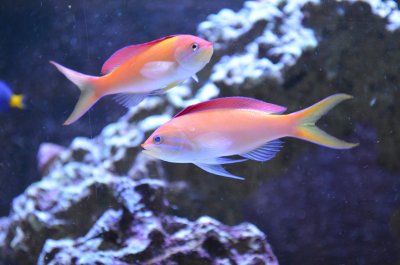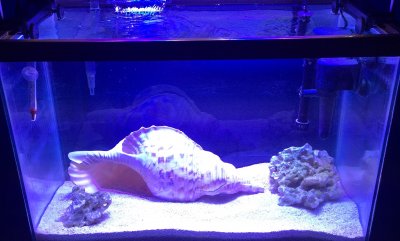- Joined
- Jan 12, 2019
- Messages
- 975
- Reaction score
- 1,199
K I will thanksYou can research it (there is a search function here) or simply post just like you did now and ask a question. There are no stupid questions - only stupid answers. Whatever you ask here will be replied by a large community that only has interest for you to succeed as a reefer.




















